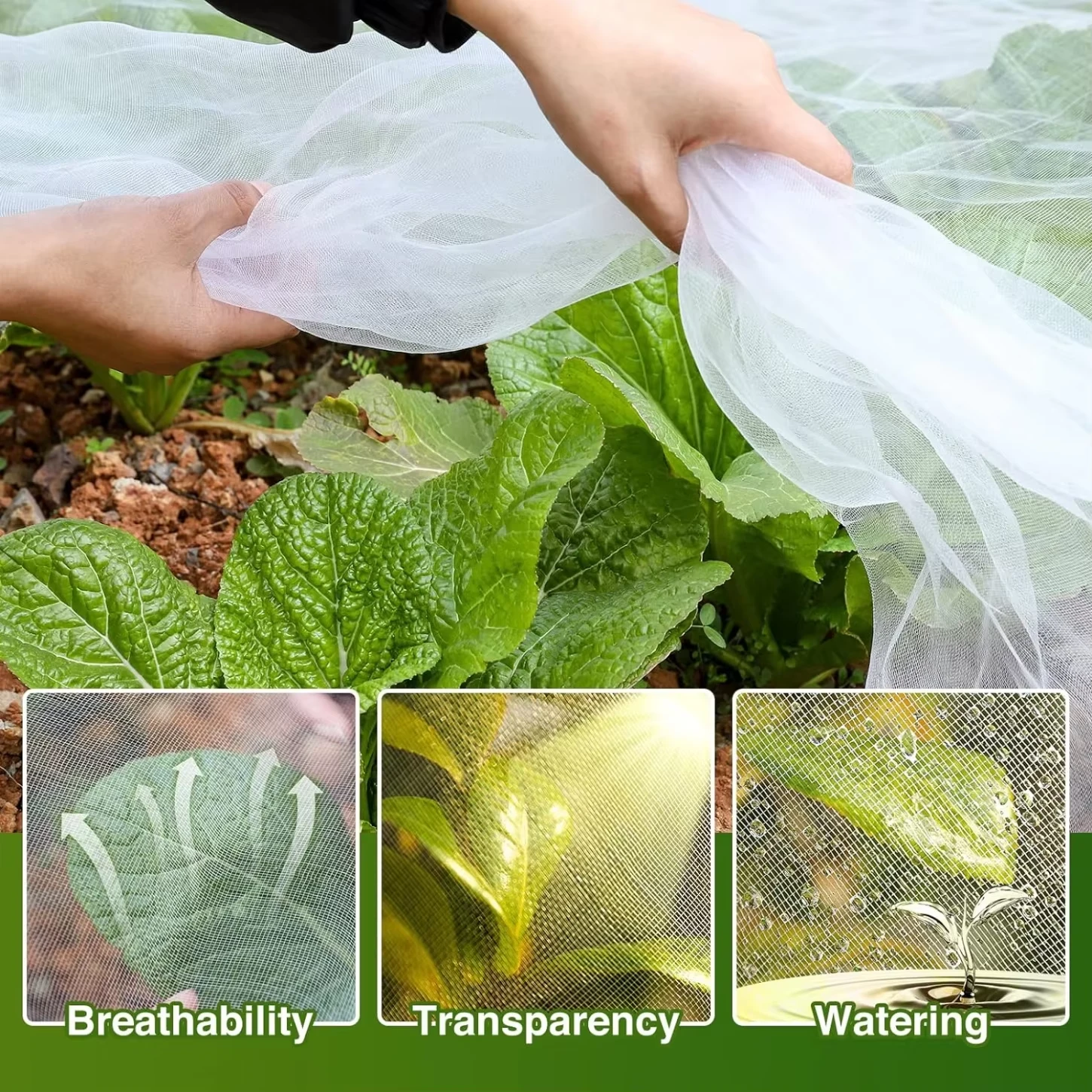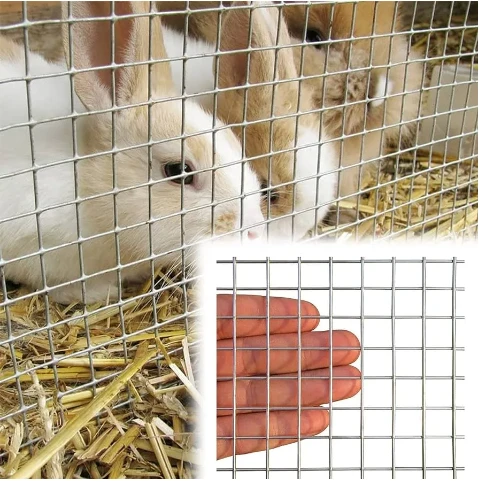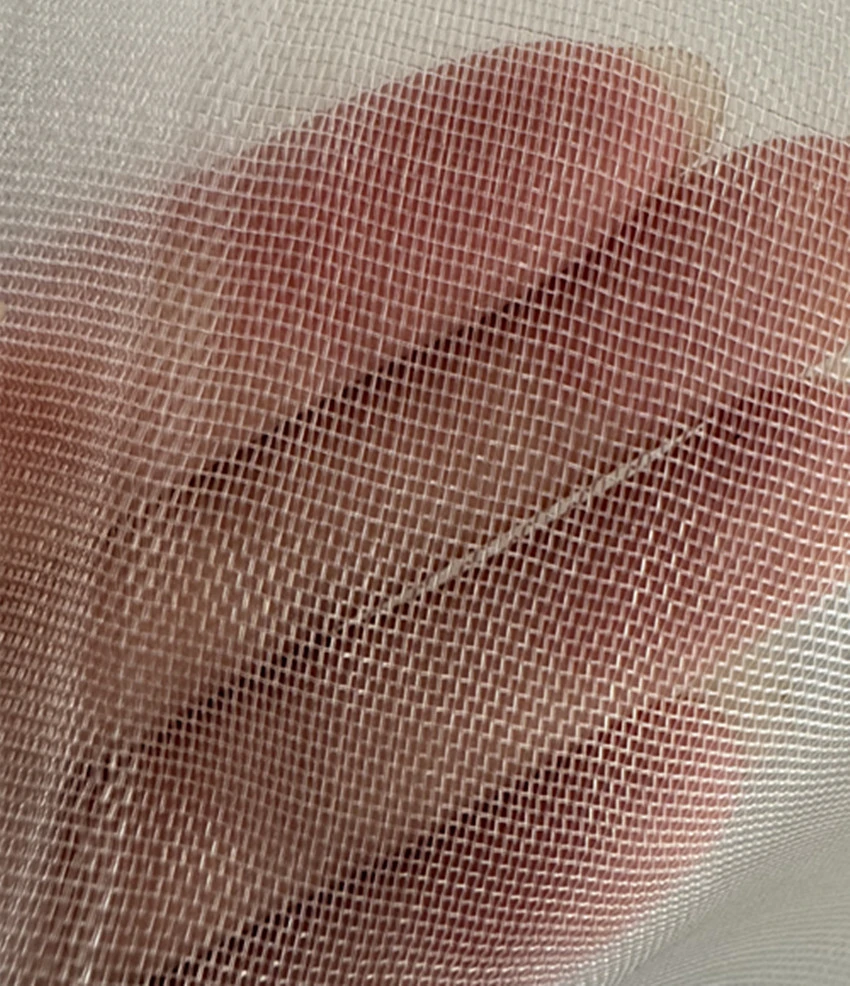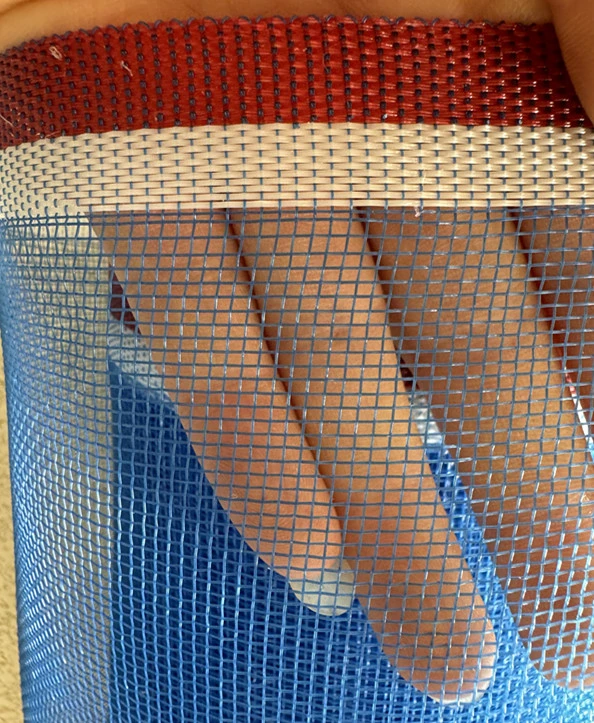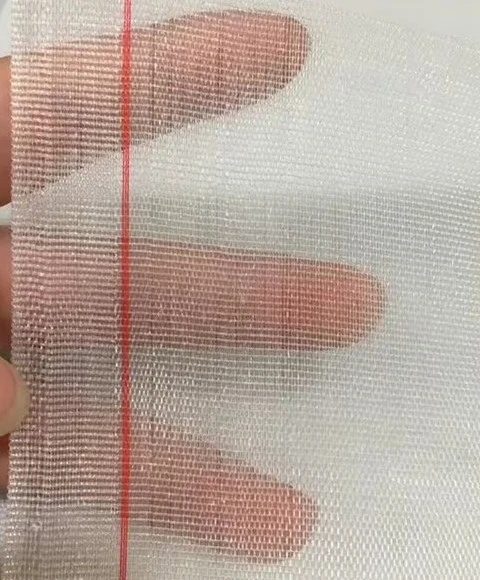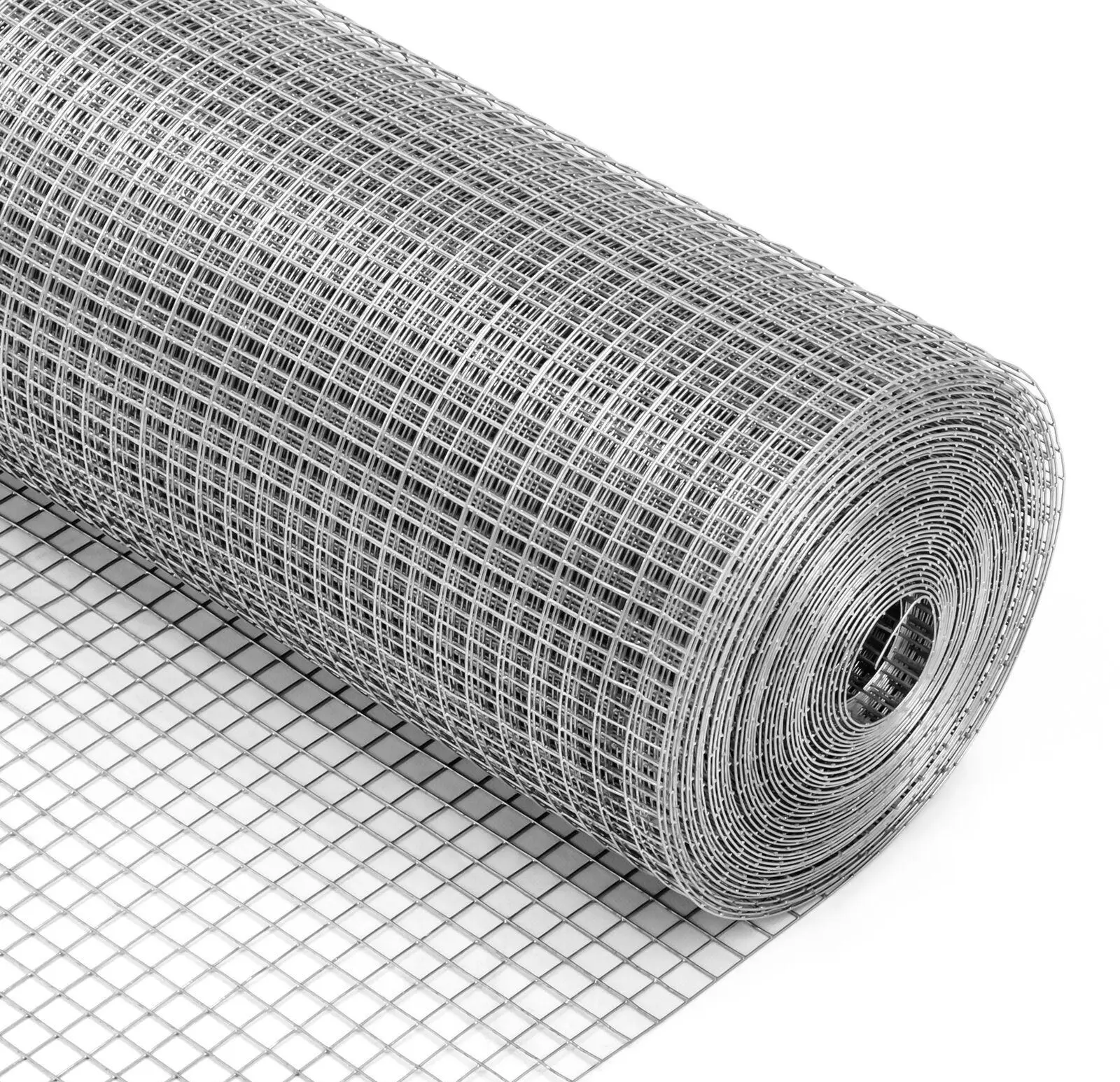-
 Afrikaans
Afrikaans -
 Albanian
Albanian -
 Amharic
Amharic -
 Arabic
Arabic -
 Armenian
Armenian -
 Azerbaijani
Azerbaijani -
 Basque
Basque -
 Belarusian
Belarusian -
 Bengali
Bengali -
 Bosnian
Bosnian -
 Bulgarian
Bulgarian -
 Catalan
Catalan -
 Cebuano
Cebuano -
 China
China -
 Corsican
Corsican -
 Croatian
Croatian -
 Czech
Czech -
 Danish
Danish -
 Dutch
Dutch -
 English
English -
 Esperanto
Esperanto -
 Estonian
Estonian -
 Finnish
Finnish -
 French
French -
 Frisian
Frisian -
 Galician
Galician -
 Georgian
Georgian -
 German
German -
 Greek
Greek -
 Gujarati
Gujarati -
 Haitian Creole
Haitian Creole -
 hausa
hausa -
 hawaiian
hawaiian -
 Hebrew
Hebrew -
 Hindi
Hindi -
 Miao
Miao -
 Hungarian
Hungarian -
 Icelandic
Icelandic -
 igbo
igbo -
 Indonesian
Indonesian -
 irish
irish -
 Italian
Italian -
 Japanese
Japanese -
 Javanese
Javanese -
 Kannada
Kannada -
 kazakh
kazakh -
 Khmer
Khmer -
 Rwandese
Rwandese -
 Korean
Korean -
 Kurdish
Kurdish -
 Kyrgyz
Kyrgyz -
 Lao
Lao -
 Latin
Latin -
 Latvian
Latvian -
 Lithuanian
Lithuanian -
 Luxembourgish
Luxembourgish -
 Macedonian
Macedonian -
 Malgashi
Malgashi -
 Malay
Malay -
 Malayalam
Malayalam -
 Maltese
Maltese -
 Maori
Maori -
 Marathi
Marathi -
 Mongolian
Mongolian -
 Myanmar
Myanmar -
 Nepali
Nepali -
 Norwegian
Norwegian -
 Norwegian
Norwegian -
 Occitan
Occitan -
 Pashto
Pashto -
 Persian
Persian -
 Polish
Polish -
 Portuguese
Portuguese -
 Punjabi
Punjabi -
 Romanian
Romanian -
 Russian
Russian -
 Samoan
Samoan -
 Scottish Gaelic
Scottish Gaelic -
 Serbian
Serbian -
 Sesotho
Sesotho -
 Shona
Shona -
 Sindhi
Sindhi -
 Sinhala
Sinhala -
 Slovak
Slovak -
 Slovenian
Slovenian -
 Somali
Somali -
 Spanish
Spanish -
 Sundanese
Sundanese -
 Swahili
Swahili -
 Swedish
Swedish -
 Tagalog
Tagalog -
 Tajik
Tajik -
 Tamil
Tamil -
 Tatar
Tatar -
 Telugu
Telugu -
 Thai
Thai -
 Turkish
Turkish -
 Turkmen
Turkmen -
 Ukrainian
Ukrainian -
 Urdu
Urdu -
 Uighur
Uighur -
 Uzbek
Uzbek -
 Vietnamese
Vietnamese -
 Welsh
Welsh -
 Bantu
Bantu -
 Yiddish
Yiddish -
 Yoruba
Yoruba -
 Zulu
Zulu
Leading Manufacturers of Welded Wire Mesh for Diverse Industrial Applications
The Role of Welded Wire Mesh Manufacturers in Modern Construction
Welded wire mesh has become an essential component in modern construction and industrial applications, serving a wide array of purposes, from reinforcement to fencing. The popularity of welded wire mesh stems from its durability, versatility, and cost-effectiveness. This article delves into the significance of welded wire mesh manufacturers and their impact on various industries.
Understanding Welded Wire Mesh
Welded wire mesh is composed of a network of intersecting wires that are welded at each junction, creating a strong grid structure. This mesh is made from various types of steel, including carbon steel and stainless steel, which can be treated to withstand corrosion and other environmental factors. The wire comes in different gauges and spacing configurations, catering to the specific needs of construction, agriculture, and industry.
Importance of Manufacturers
The role of welded wire mesh manufacturers is crucial in ensuring the quality and availability of this product. These manufacturers are responsible for producing mesh that meets the stringent standards required by engineers and architects. By utilizing advanced welding techniques and high-quality materials, they create products that guarantee structural integrity and longevity.
Manufacturers also innovate continuously to improve their products. They incorporate new technologies that enhance the welding process and adopt better materials to increase the mesh’s resistance to corrosion and wear. This innovation ensures that welded wire mesh can be effectively used in various applications, from concrete reinforcement to fencing for livestock.
Applications of Welded Wire Mesh
welded wire mesh manufacturers
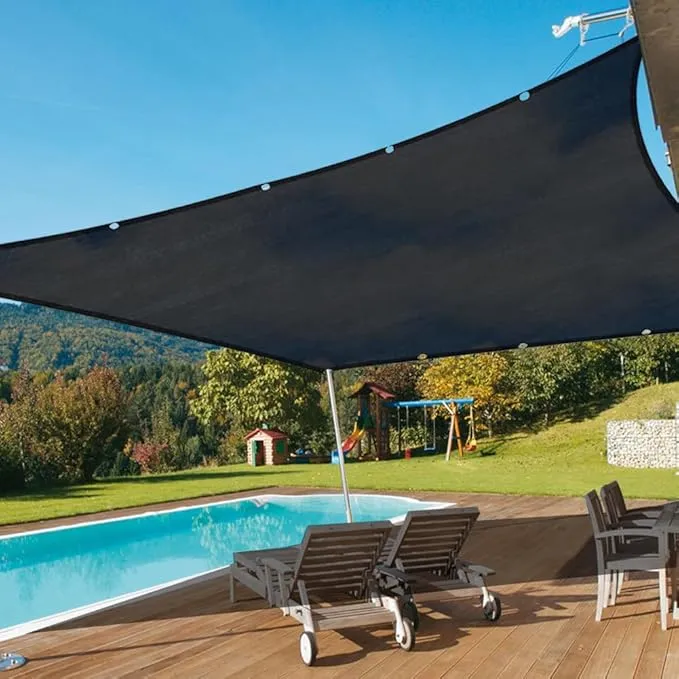
Welded wire mesh finds extensive use in many applications. In construction, it is primarily employed as reinforcement in concrete slabs, walls, and foundations. Its ability to distribute loads evenly helps prevent cracking and structural failure. The mesh can be used in residential, commercial, and industrial buildings, where strength and safety are paramount.
In the agricultural sector, welded wire mesh provides robust fencing solutions. It is commonly used to secure livestock enclosures and protect crops from wildlife. The durability of welded wire ensures that the fencing can withstand harsh weather conditions and the wear and tear of animal interactions.
Moreover, welded wire mesh is utilized in the production of various industrial products, including baskets, cages, and storage racks. It is highly adaptable, allowing manufacturers to customize mesh to suit specific needs, such as varying mesh sizes and wire thicknesses.
Quality Assurance and Standards
Welded wire mesh manufacturers play a significant role in maintaining quality assurance. To meet industry standards, they adhere to regulations set forth by organizations such as ASTM (American Society for Testing and Materials) and ISO (International Organization for Standardization). These standards ensure that the weld joints, wire thickness, and overall construction quality are reliable and safe for use in serious applications.
Quality assurance measures include rigorous testing of raw materials and finished products. Manufacturers often conduct inspections for tensile strength, weld integrity, and corrosion resistance. By adhering to these quality standards, manufacturers guarantee that their products will perform effectively throughout their intended lifespan.
Conclusion
Welded wire mesh manufacturers contribute significantly to the fields of construction, agriculture, and industry by providing high-quality products essential for a wide range of applications. Their commitment to innovation and quality assurance not only enhances the durability and effectiveness of their products but also supports the safety and efficiency of construction practices globally. As the demand for resilient and efficient construction materials continues to grow, the role of these manufacturers will undoubtedly remain pivotal in shaping the future of the industry. By understanding their importance, stakeholders can make informed decisions that enhance the quality and safety of their projects.
-
The Sunshade Net Can Block Ultraviolet RaysNewsAug.11,2025
-
Main Application and Technology of Nylon ScreenNewsAug.11,2025
-
Green Anti UV Sunshade Net: The Perfect Combination of Ecological Friendliness and Practical PerformanceNewsAug.11,2025
-
Explore the Sunshade NetNewsAug.11,2025
-
Application and Development of Nylon Screen in Fuel Processing and TreatmentNewsAug.11,2025
-
Application and Advantages of Nylon Screen for AquacultureNewsAug.11,2025





